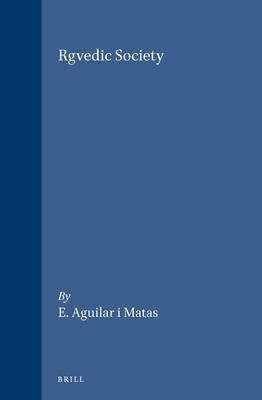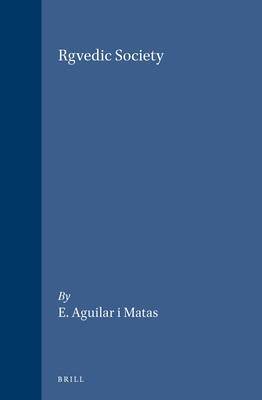
- Afhalen na 1 uur in een winkel met voorraad
- Gratis thuislevering in België vanaf € 30
- Ruim aanbod met 7 miljoen producten
- Afhalen na 1 uur in een winkel met voorraad
- Gratis thuislevering in België vanaf € 30
- Ruim aanbod met 7 miljoen producten
Zoeken
€ 251,95
+ 503 punten
Omschrijving
It is generally supposed that the Vedic tradition emerged from certain Brahmanic circles of poets, priests and theoreticians who depended economically very much on a kind of pastoral aristocracy. As against this point of view the book maintains the theory that the Vedic tradition was mainly connected with the warrior world, in particular with certain groups of seers that surrounded the warrior chiefs called sûris and strongly opposed the pastoral aristocracy and their priesthood. What emerges from this approach is that the Vedic tradition, in spite of its apparent unity of themes, images and even sentences, is not a tradition based on consensus or on a harmonious development of thought from one end to the other, but rather a tradition that reveals a troubled background, a background of passionate rivalries.
The book reconsiders the debate surrounding the antagonistic ideologies of pastoral and agricultural peoples and represents a new contribution to the discussion about similarities and differences between the Iranian and the Indo-Aryan cultures.
The book reconsiders the debate surrounding the antagonistic ideologies of pastoral and agricultural peoples and represents a new contribution to the discussion about similarities and differences between the Iranian and the Indo-Aryan cultures.
Specificaties
Betrokkenen
- Auteur(s):
- Uitgeverij:
Inhoud
- Aantal bladzijden:
- 184
- Taal:
- Engels
- Reeks:
- Reeksnummer:
- nr. 2
Eigenschappen
- Productcode (EAN):
- 9789004093522
- Verschijningsdatum:
- 1/07/1991
- Uitvoering:
- Hardcover
- Formaat:
- Genaaid
- Afmetingen:
- 166 mm x 243 mm
- Gewicht:
- 485 g

Alleen bij Standaard Boekhandel
+ 503 punten op je klantenkaart van Standaard Boekhandel
Beoordelingen
We publiceren alleen reviews die voldoen aan de voorwaarden voor reviews. Bekijk onze voorwaarden voor reviews.











